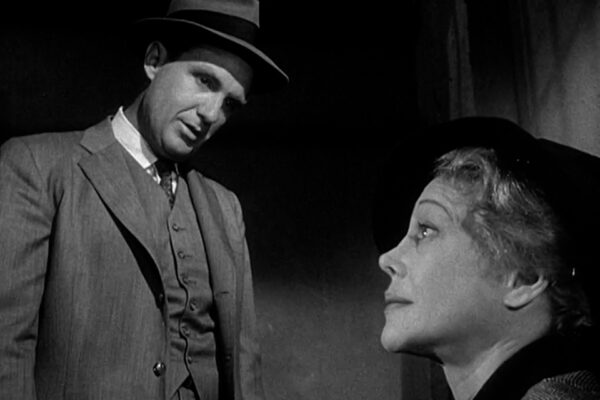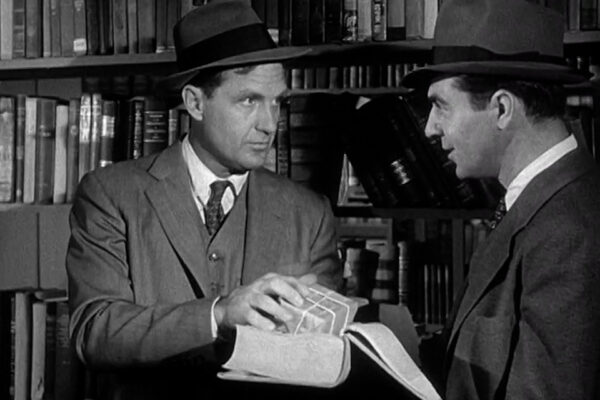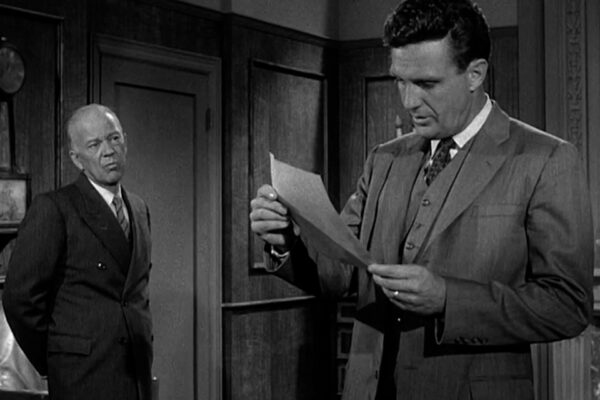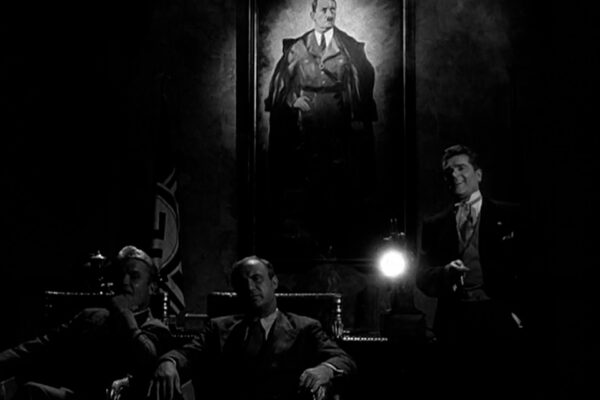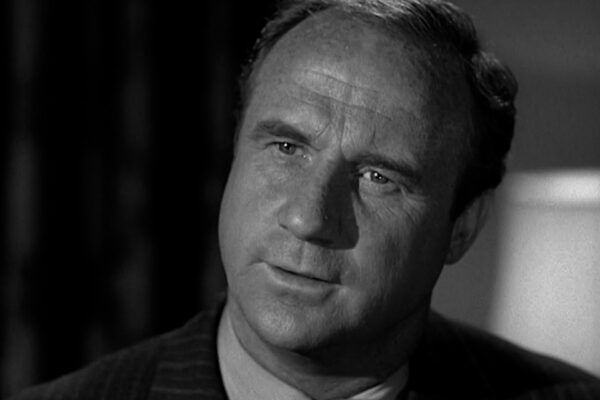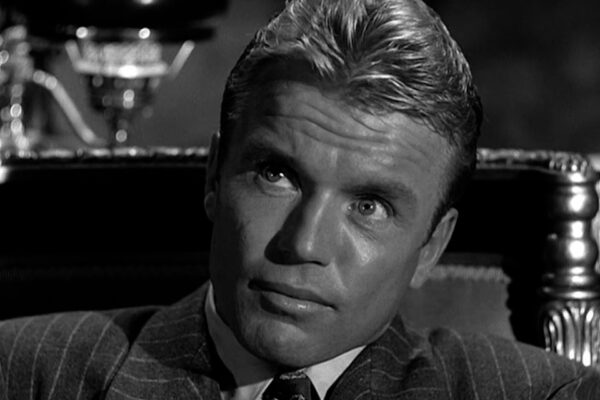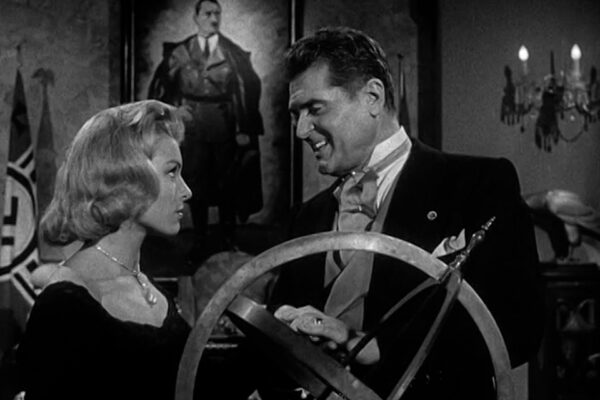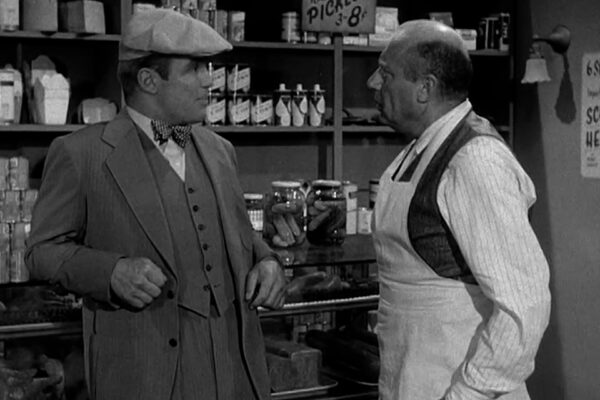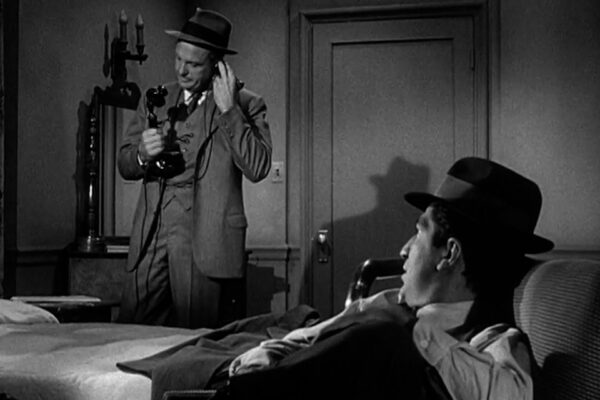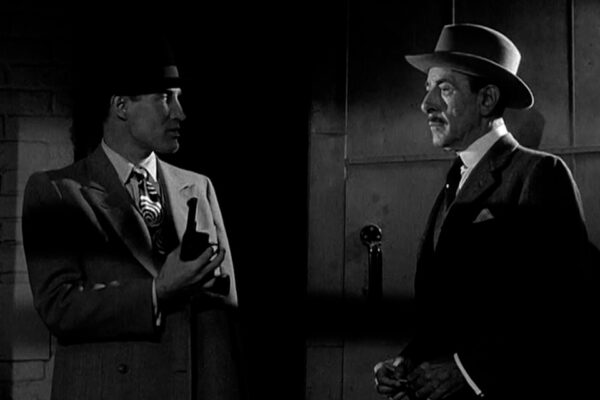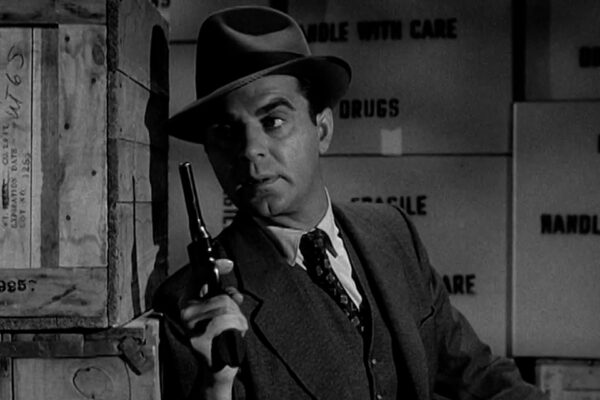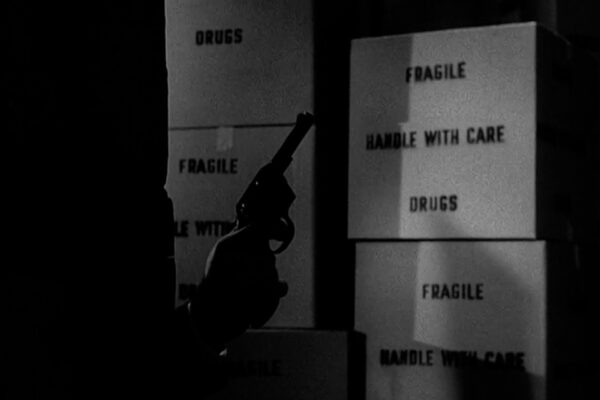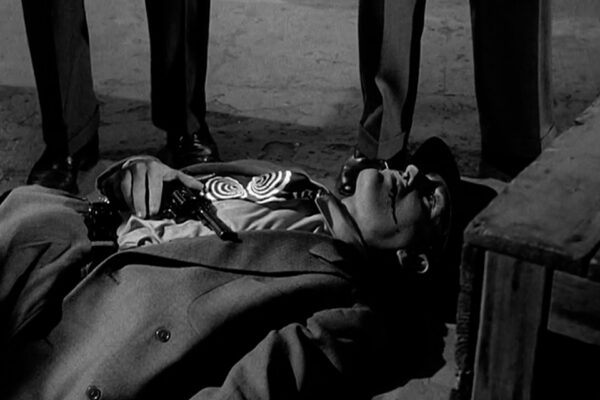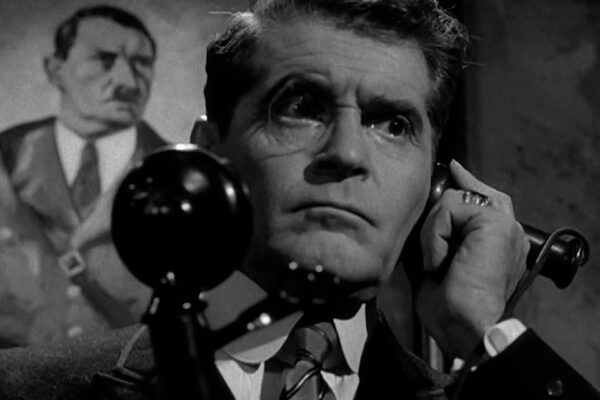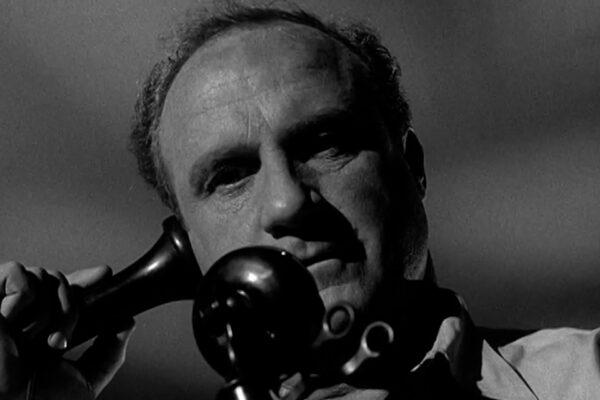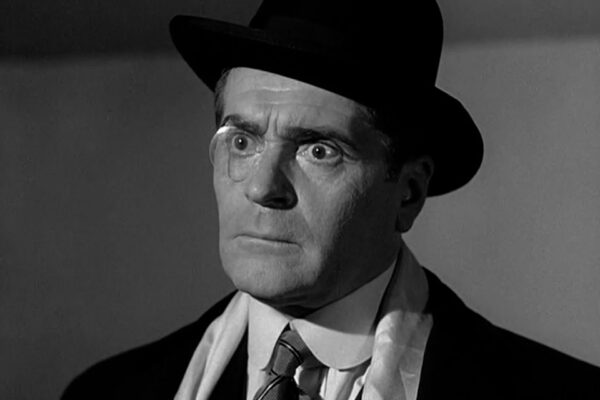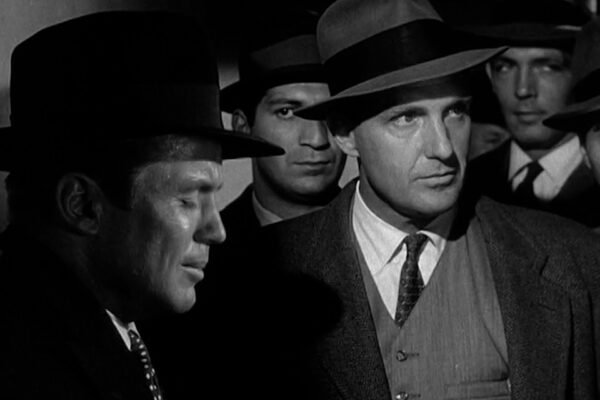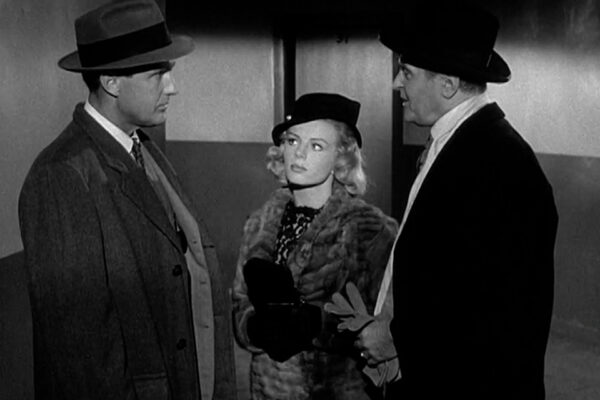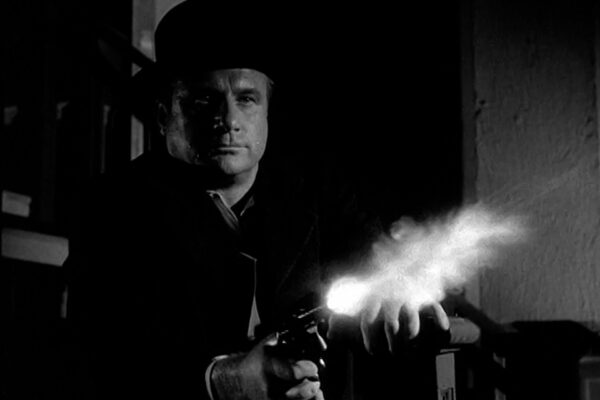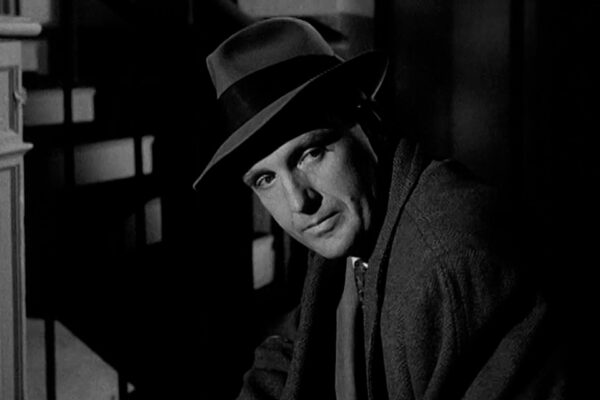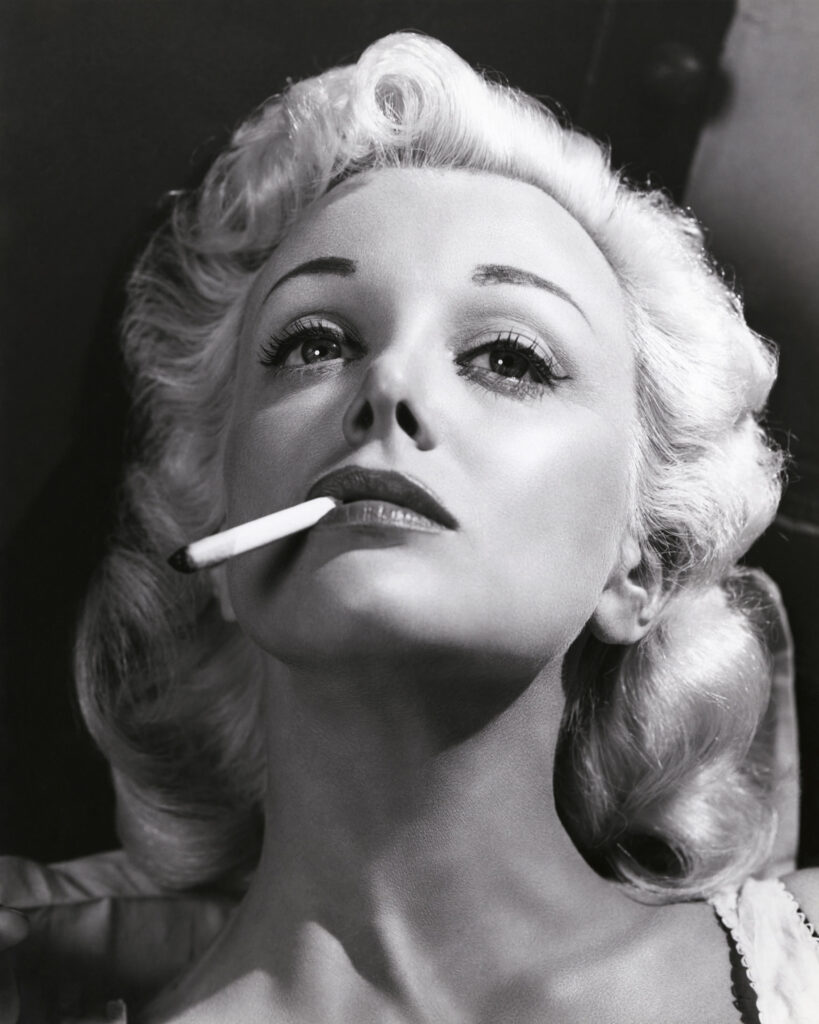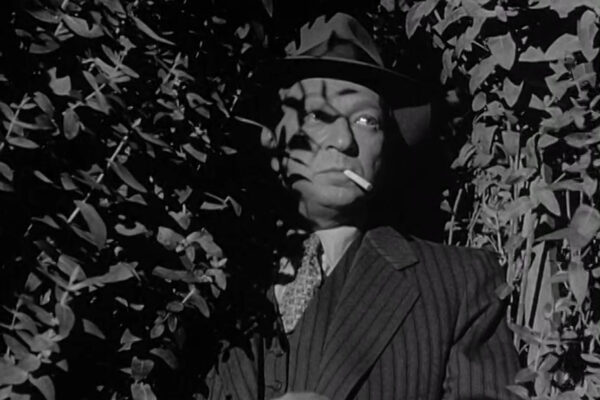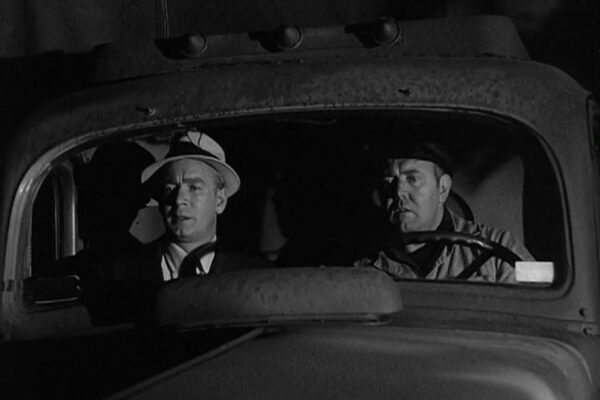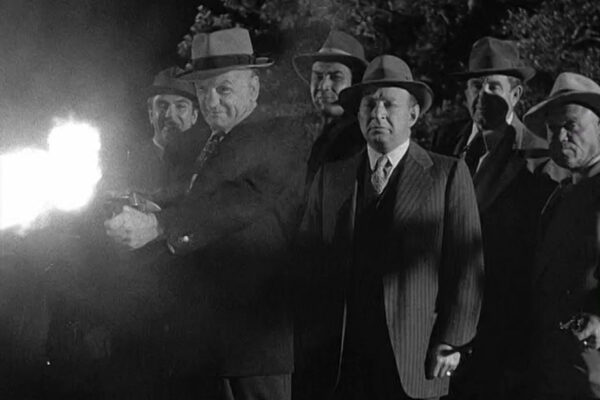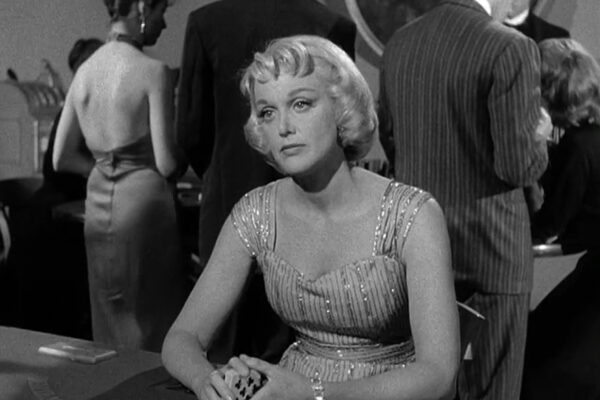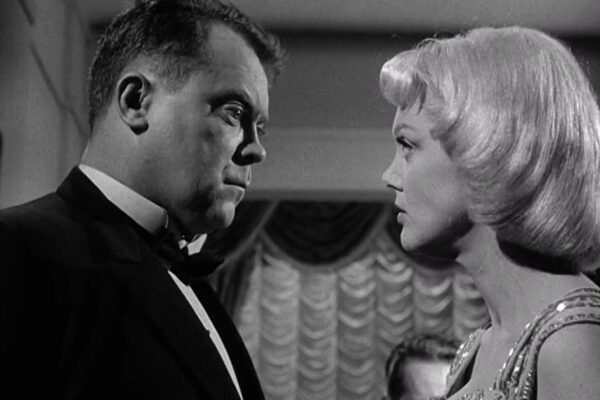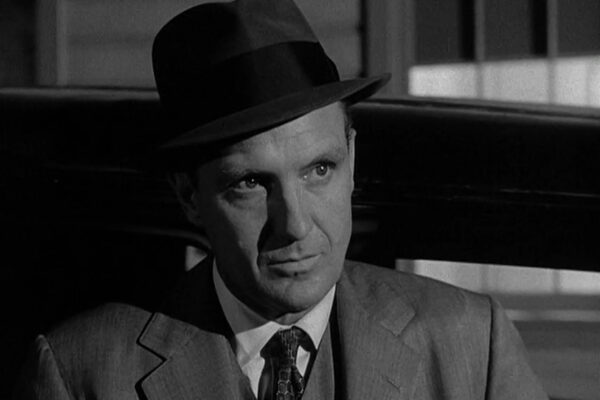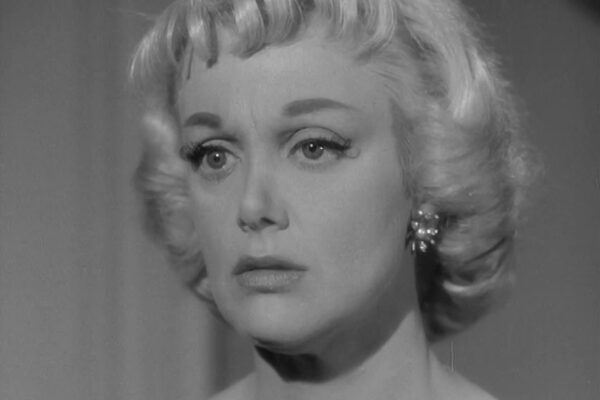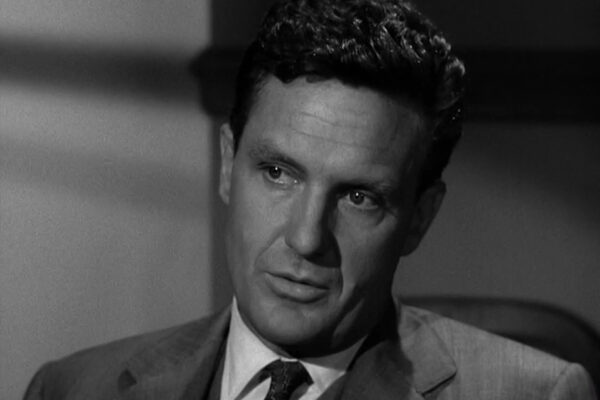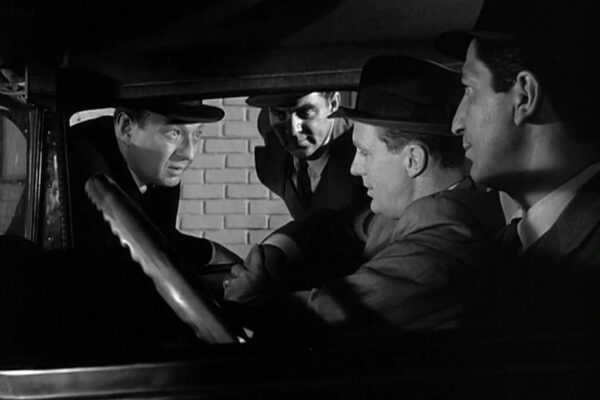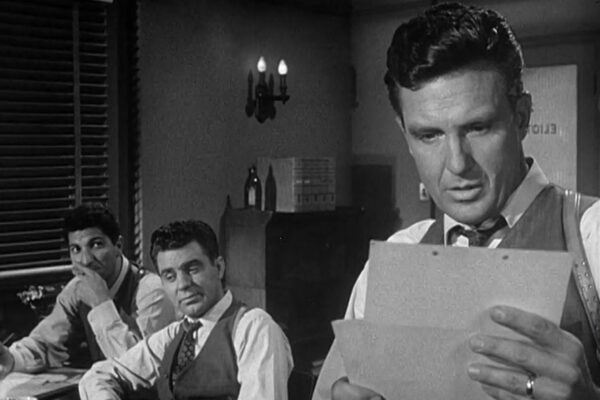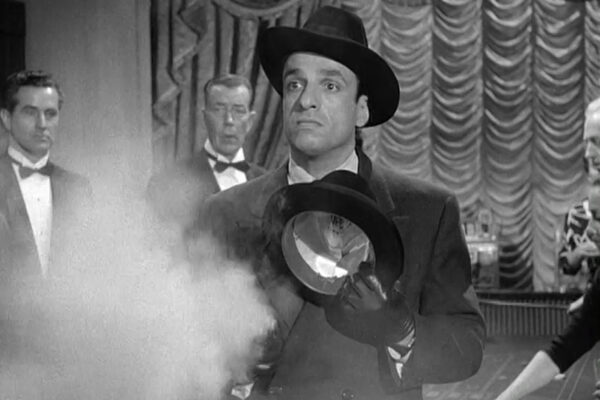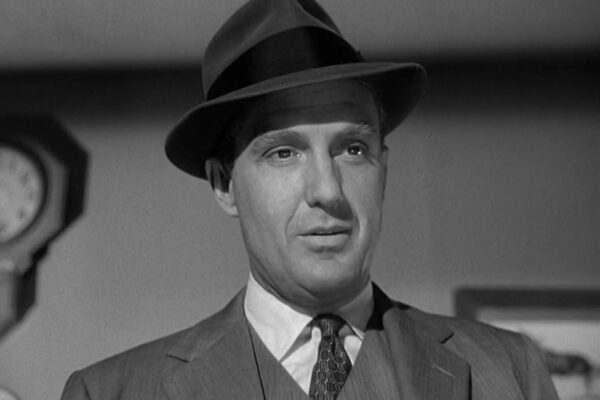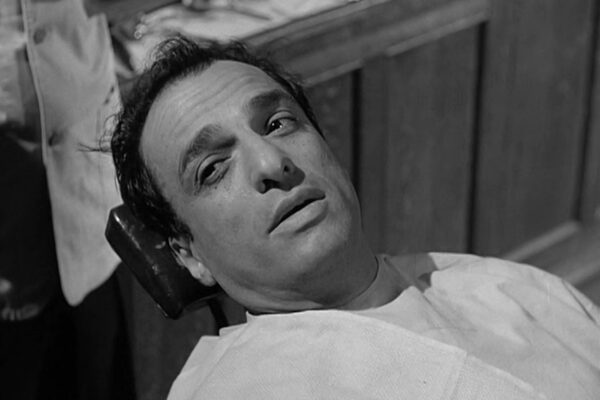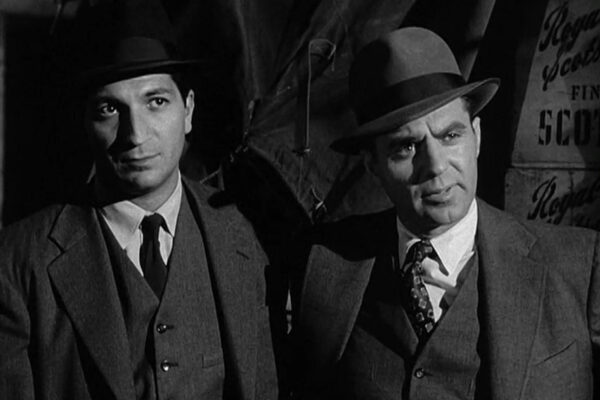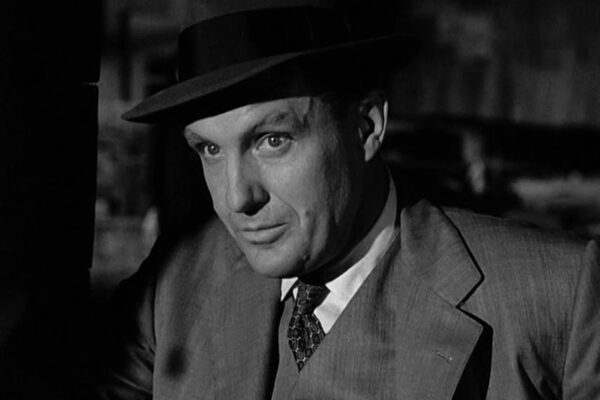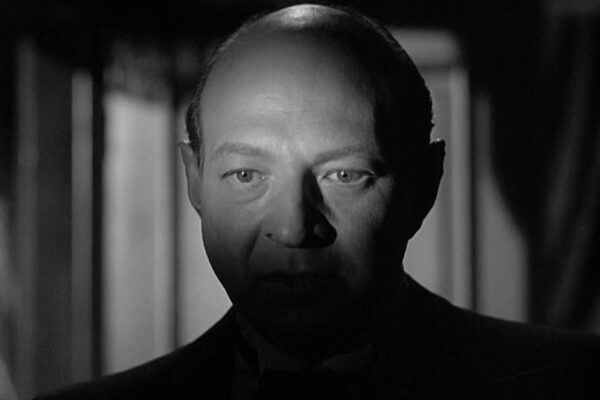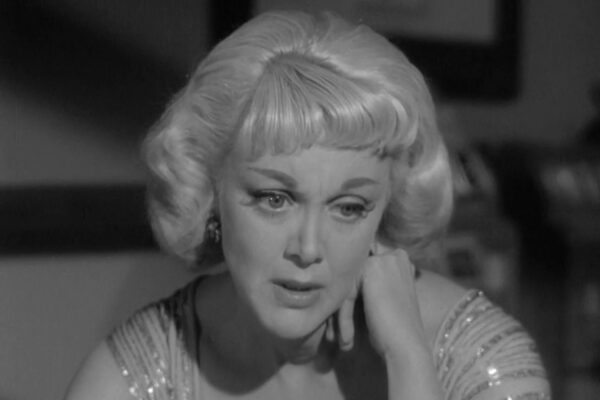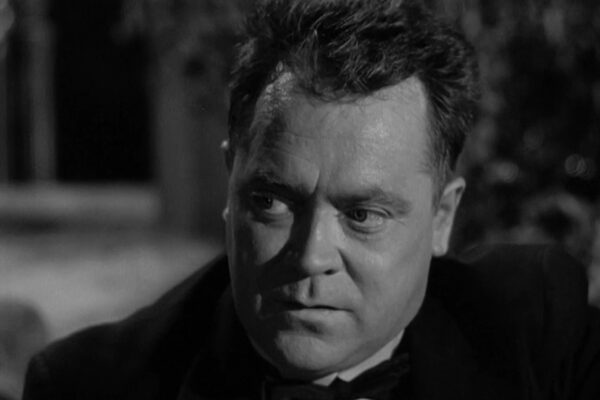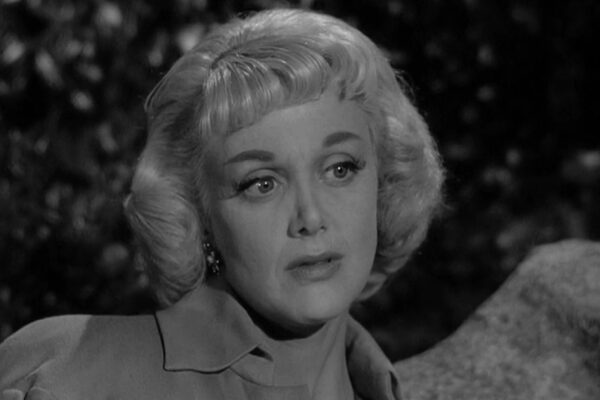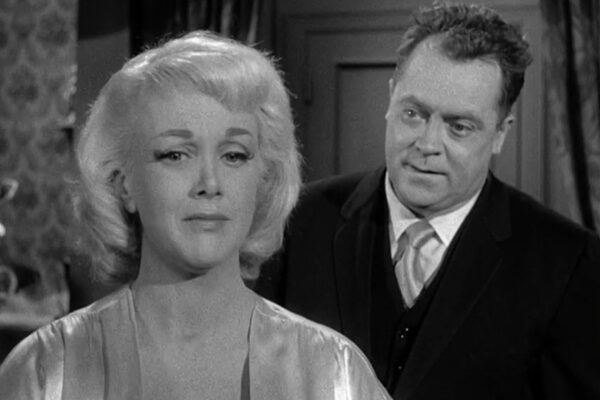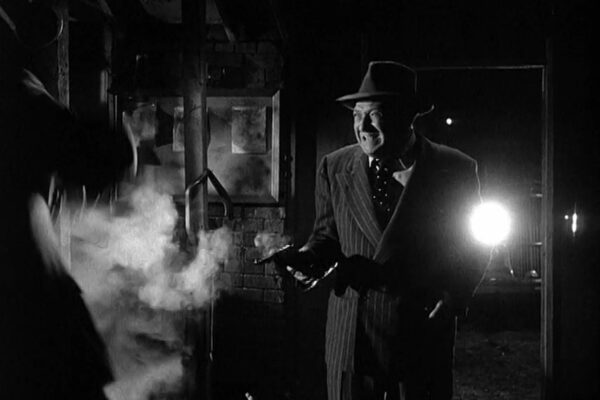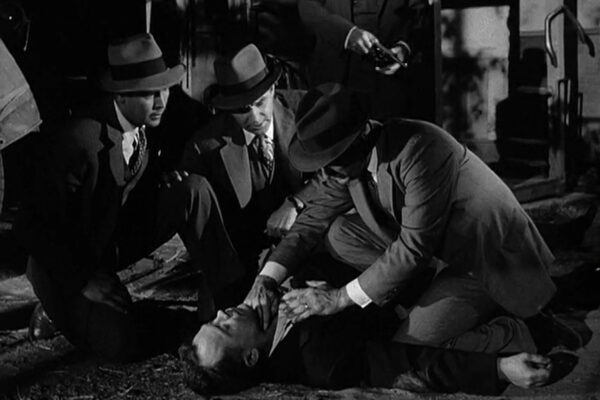REVIEW
Although The Otto Frick Story begins quite forcefully, it wanders around and loses focus early on.
It is the only program to address the Nazi phenomenon in its infancy. The assembly of German Nazis and American gangsters does have historical precedent, but this installment, severely underplayed with three small characters and a token assault on a Jewish-owned delicatessen, doesn’t capture the epic of the scope of the drama. Because the historical events portrayed in this episode largely took place in the late 1930s, The Otto Frick Story is one of the most alarming to students of history.
Already suffering from overexposure in the series, Jack Warden plays Frick as a small-minded, small-time hood, rather than someone clever enough to head up a national drug cartel. Francis Lederer, a Czech actor who was no stranger to film noirs and Nazi intrigue, unfortunately, embodies a consummate Nazi stereotype in his role as the aristocratic Messlinger, and today comes off funnier than it is serious. At any moment he appears ready to break into a “Ve haff vays of making you talk” routine. The amount of film given over to the seduction of Hans Eberhardt by fiercely Aryan Hedda Messlinger is unwarranted, even if it is fun to watch her at work.
Even with the potentially sensitive subject matter, very little is changed from script to screen. A scene of anti-Semitic graffiti and a swastika is awkwardly filmed and cropped to obscure the full phrase, which is written explicitly in the screenplay. Gratuitous use of “Sieg Heil baby” is left unused. The true nature of Hedda and Walter Messlinger’s relationship is not revealed until midway through the conclusion, though in the script it is revealed much sooner.
The script also specifically notes a location as being on Desilu’s 40 Acres backlot and the name of a book store is changed in the script to match that of one shown in stock footage.
Speaking of stock footage, this episode features an excellent (and seemingly rare) use of double exposure and rear projection when Ness arrives at Lange’s Book Shop.
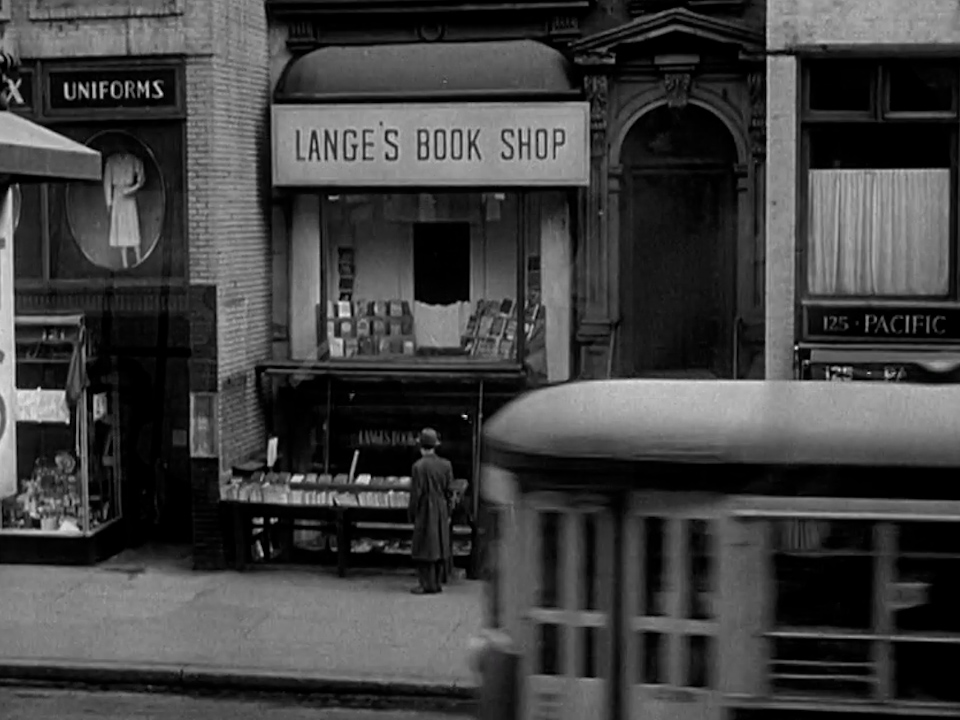
First, the establishing shot is taken from a mid-1940s source (as evidenced by the visible automobile in the lower right-hand corner).
Second, the passing trolley helps the transition from an establishing shot to a medium shot of a window that says Lange’s Book Shop.
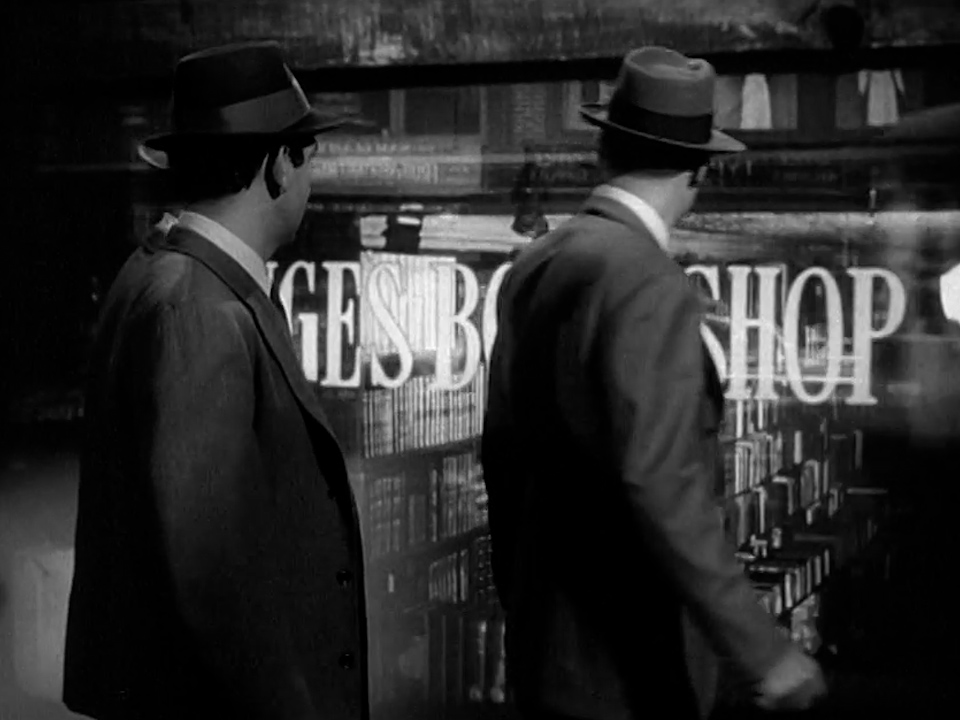
As Ness, Hobson, and Rico walk past the window, they can see inside the book store. The interior footage of the book store is from a separate source. Meanwhile, the reflection in the window shows a second source, with a streetcar passing to match the establishing shot.
This subtle trick passes by in a brief moment and is not the only clever use of stock footage in the hour. The insertion of actual archival footage from the Nazi rally at Madison Square Garden, where Hans’ taunts to “Sieg Heil!” are synced to the rally’s actual audio track.
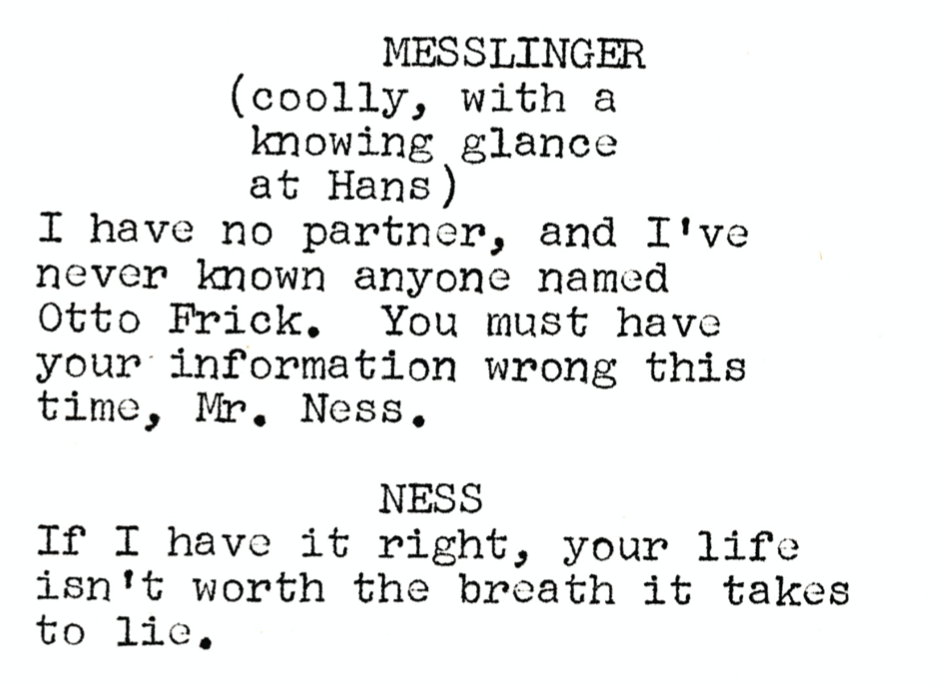
As part of The Untouchables Retrospective, we’re pleased to present this August draft of Leonard Kantor’s The Otto Frick Story.
READ THE SCRIPT








